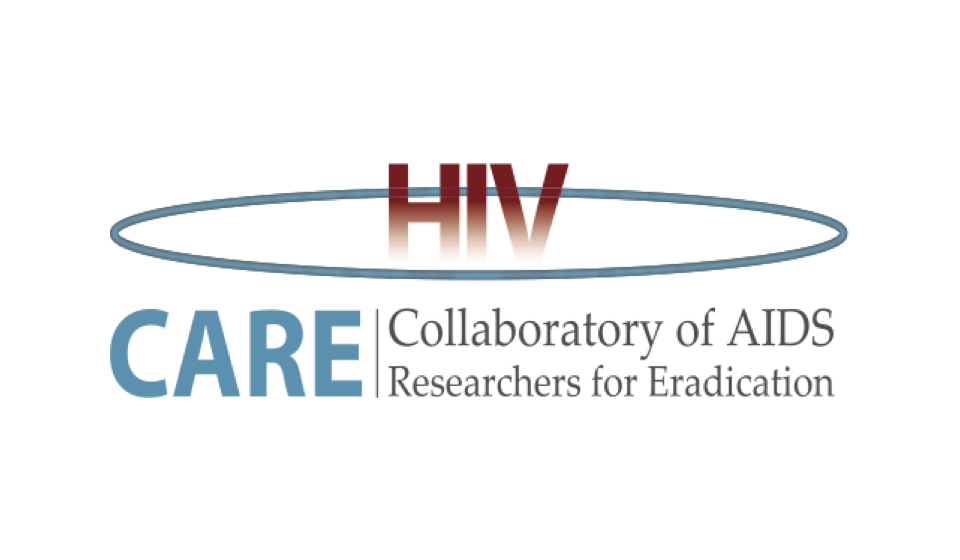Scientific Overview
Since the mid-1990’s, it has been known that HIV-1 has the ability to stably infect resting CD4+ T cells within the body, establishing a latent reservoir of virus. Moreover, sensitive single-copy assays have shown that HIV-1 is still measurable in the plasma of most HIV-infected individuals despite long term treatment with potent combinations of highly active antiviral retroviral treatment (HAART), indicating that the virus is still able to replicate in the presence of drug therapy.
Furthermore, studies have shown that intensification of HAART with new or different drug combinations does not eliminate this residual HIV virus pool or stop its ability to replicate. In the majority of patients with HIV, the interruption of effective drug therapy predictably results in viral rebound and high levels of virus are detected in the blood within days to weeks after cessation of HAART. To compound this situation, recent studies of the kinetics of viral load decay after the initiation of HAART in HIV-positive patients strongly suggest that there exist other latent cell or tissue reservoirs of HIV in the body in addition to CD4+ T cells.
Consequently, it is now widely acknowledged that although highly effective antiretroviral agents can reduce and maintain viral load at levels below the detection limits of standard assays, antiretroviral drug treatment does not have the capacity to eliminate the residual latent HIV viral reservoirs that are present in HIV-infected persons.
The overall scientific objective of CARE is to identify and characterize reservoirs of HIV-1 that remain in HIV+ individuals despite HAART treatment and to develop ways to specifically target and eliminate these reservoirs of latent HIV. It is believed that the successful induction of latent HIV can be achieved using novel drugs therapies, and following the activation of the latent virus pool, a combined approach that involves antiretrovial durgs, the host immune response and other targeted strategies can be used to successfully eradicate the virus from the body and cure HIV.
Scientific Advisory Board
CARE is guided by an external Scientific Advisory Panel, which consists of the following members:
Dr. Satya Dandekar, Professor of Microbiology and Chair, Department of Medical Microbiology and Immunology
Joint appointment in the Department of Internal Medicine, Division of Infectious Diseases, School of Medicine
University of California Davis, Davis CA
http://www.ucdmc.ucdavis.edu/medmicro/Faculty_MR/Dandekar/dandekar_index_mr.html
Dr. Michael Emerman, Affiliate Professor of Microbiology
University of Washington, Seattle WA
Member, Fred Hutchinson Cancer Research Center, Seattle WA
https://depts.washington.edu/daid/directory/emerman.html
Dr. George Lewis, Professor Microbiology and Immunology, The Robert C. Gallo, M.D. Professor in Translational Medicine and Director, Division of Vaccine Research, Institute of Human Virology
Institute of Human Virology
School of Medicine, University of Maryland, Baltimore MD
http://www.medschool.umaryland.edu/profiles/Lewis-George

